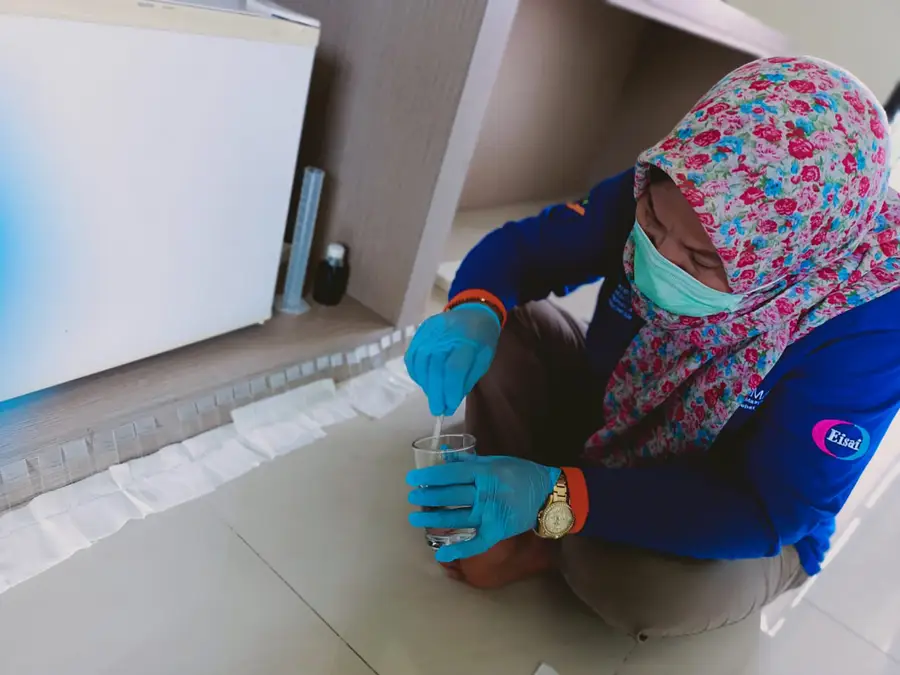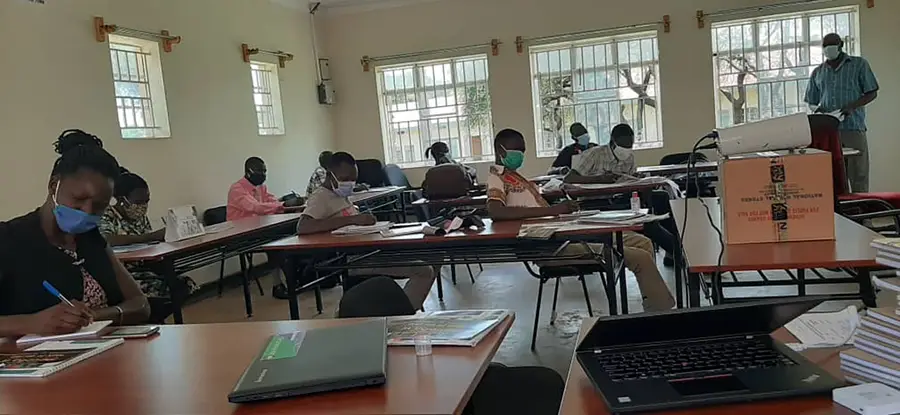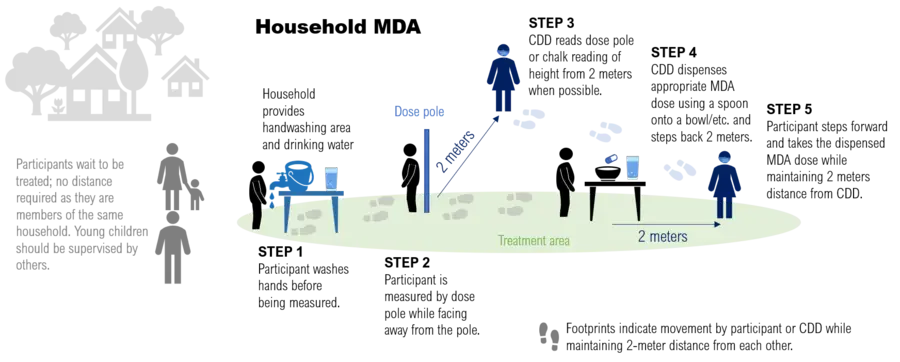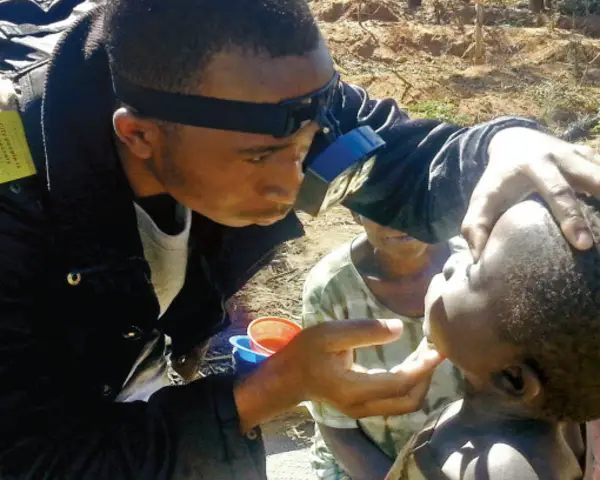
The COVID-19 pandemic has impacted us all as we attempt to stop the virus’ spread while also considering other needs for our health, education, and livelihoods. The global community working to fight neglected tropical diseases (NTDs) is also learning to adapt to these unprecedented times. Through the U.S. Agency for International Development (USAID) Act to End NTDs | East program, we are learning lessons about how to help countries continue progress against NTDs while protecting health workers and communities. To do so, many partners have published new resources to help countries safely restart NTD programs.
Making global NTD guidance local
Year after year, affected countries—backed by a global community committed to ambitious control and elimination goals—have made progress against NTDs. Among the 13 countries in Africa, Asia, and the Americas supported by Act | East, three countries have already eliminated at least one NTD and many are on track to eliminate trachoma and/or lymphatic filariasis by 2030. In April, the World Health Organization (WHO) recommended that most NTD activities pause due to COVID-19, suspending—at least temporarily—global progress against these disabling and debilitating diseases.
Initially, our focus was on what NTD program restart “post-COVID” would look like. However, it was quickly recognized that the pandemic would continue for the foreseeable future and we would need to learn how to implement our work safely amidst COVID-19. To aid in this effort, the WHO released guidance to help national NTD programs and their partners assess when activities should resume and what measures should be put in place to reduce the risk of COVID-19 among communities and health workers. WHO guidelines stress the need to take special care of high-risk groups and to apply rigorous social distancing, use face coverings, and frequently wash hands and clean surfaces and equipment.
As leaders of national NTD programs, governments must consider WHO guidance within their unique epidemiological, political, and social context when deciding when to restart. On Act | East, we have been guided by ministries of health on the timing of restart, and we have supported them with planning, assisting as they adapt this guidance to local context and policies. Over and over again, we are struck by the importance of this context-specific approach – which differs both within and among countries. For example:
- some countries have mandatory mask wearing and the population own and regularly use masks, others do not,
- the availability of data on COVID-19 and testing vary,
- the importance of spacing children when lining up for a school-based MDA or survey depends on what their normal day to day practice is,
- where schools are closed, some programs have switched to a community delivery model,
- some communities are more sensitized to COVID-19 than others, impacting the amount of additional communication required, and
- stigma can be associated with outsiders and/or people wearing masks.

Learning lessons and innovating every day
The experience of Act | East and Act | West in-country teams—together with the expertise of ministries of health, USAID, our NTD partners, and early documents posted by other public health programs and the UN—informed the creation of a new resource with practical approaches to applying WHO guidance to mass drug administration for NTDs. This resource includes information to guide communication and coordination; diagrams that illustrate what implementing precautions could look like for house to house, school, and fixed point settings; practical approaches for training on precautions; ideas for virtual supervision and sample checklists; and approaches to documenting learning. Additional resources are currently being developed to provide “how to” approaches for LF and trachoma surveys.

We are working with partners to innovate and test adding a face shield to the loupes (magnifying lenses) used to assess trachoma infection. Additional protective measures are important as trachoma surveys require a trained surveyor to flip and examine eyelids—a task that makes social distancing impossible. These shields, combined with strict implementation of other risk mitigation measures, may provide a way to safely conduct trachoma surveys.
We have also benefited from working with and learning from other sectors. For example, efforts to deliver NTD treatments in schools follow COVID-19 measures already enacted by ministries of education. And our malaria-fighting colleagues have shared their challenges and successes when distributing malaria medications in communities. The USAID StopPalu+ program in Guinea discovered new ways of working that increased safety and hygiene: household members brought their own cups and water, medicines were put on a plate to avoid contact, and mothers helped children take treatment.
Weighing the risks of COVID-19 and moving forward
As time goes by, we will learn more about how well the detailed planning is being put in place, and what is facilitating or hindering those efforts. In our home communities, we have seen how plans and policies can differ from actions. As we go along, we plan on sharing those lessons with the global NTD community, helping us all to learn and adapt together.
Despite the challenges ahead, we have generally found enthusiasm among health officials at all levels, health workers, and communities for continuing activities. We are committed to serving these communities, supporting governments to devise and act on plans that will continue progress against NTDs, reduce suffering, and keep people safe from COVID-19. We must ask the right questions, pay attention to the data, listen to communities, and always be ready to adjust and adapt to these extraordinary times in which we are living.

Act to End NTDs | East
USAID’s Act to End Neglected Tropical Diseases | East program (2018-2023), led by RTI, builds on these successes, supporting national governments to reach their control and elimination goals through proven, cost-effective public health interventions.


